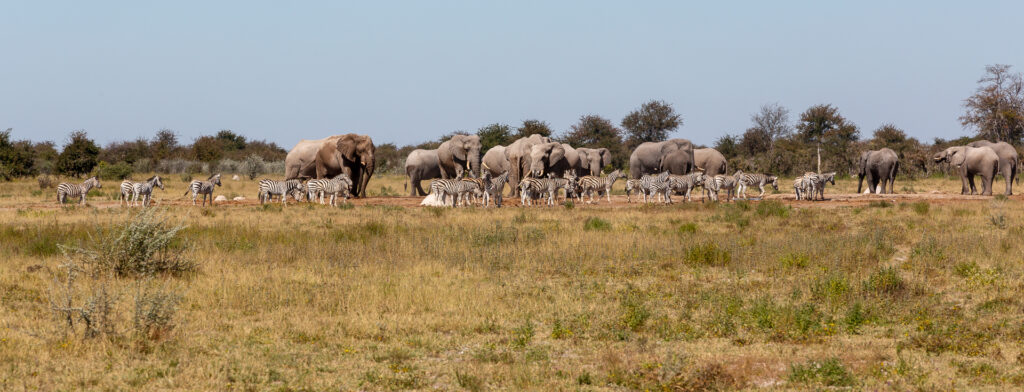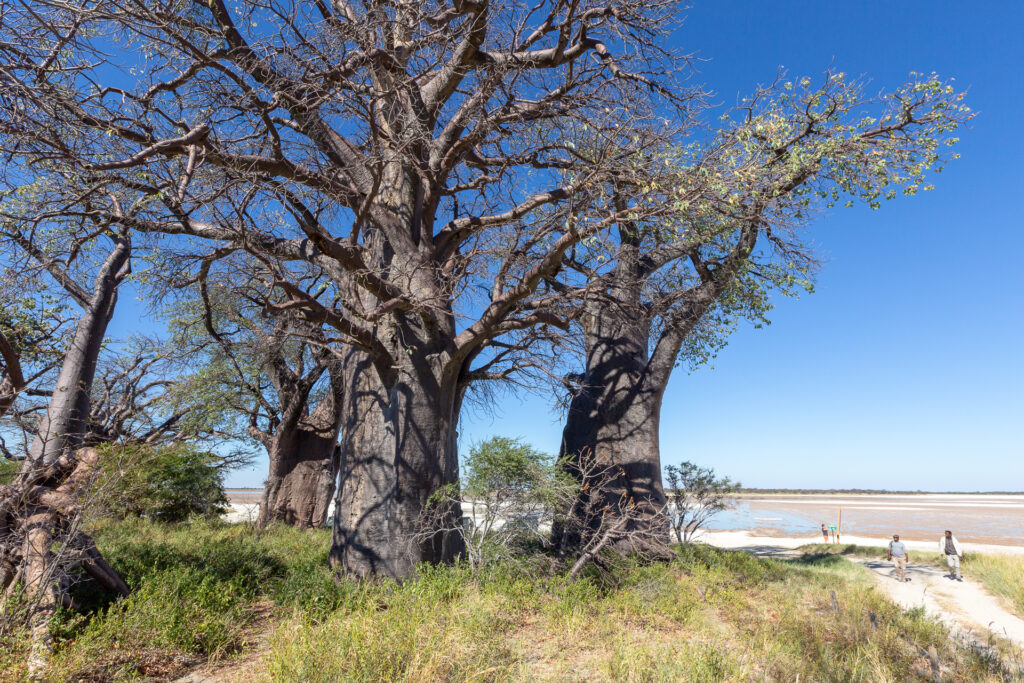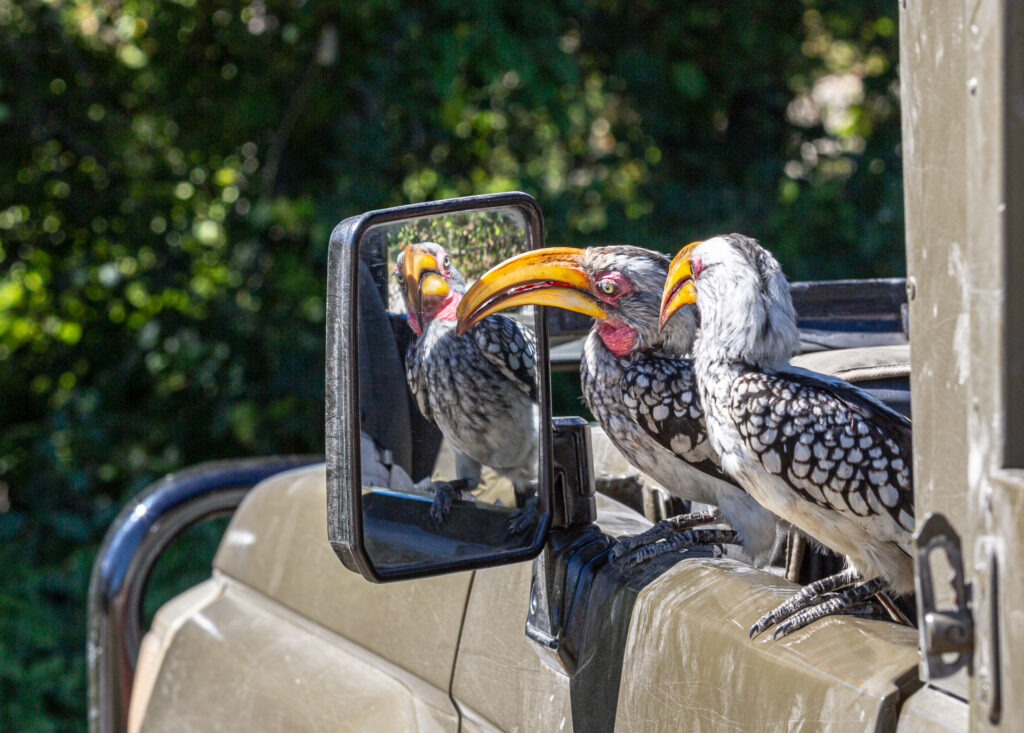
Nxai Pan National Park is situated in north-eastern Botswana. It consists of 2 pans namely Makgadikgadi Pan Salt flats, a fossil lake bed about 15 km wide covered with short grass, and also Khama Khama pan. The 2590 square kilometer reserve is mainly forest and savanna woodland and large areas of open grassland.
The park waterhole attracts various animals and birdlife. The pans has magical night skies and the Baines baobab’s is the most known area in the park, and is an area cluster of Baobabs’ trees, which owe their name to Thomas Baines, the man known to have discovered them. Baines Baobabs’, as they are known today are sight sought by many travelers venturing into this untamed terrain of Botswana.

Nxai Pan is also known of its annual migration, huge herds of zebra and wildebeest reaches Nxai grassy pans. This is said to be the largest second migration in Southern Africa. Therefore, Nxai Pan turns to be one of spectacular areas to experience during the rainy season (November – April).
Wildlife
The waterhole in Nxai Pan acts as a focal point of remarkable sightings. Elephants, gemsbok (oryx) giraffe, wildebeest, springbok, impala, wildebeest, jackal, ostrich and many more general game are common in Nxai Pan. Lion and cheetah sightings are of minimal possibility as they rare on this region
Although, If the rains have been heavy the road conditions can become difficult in Nxai Pan, considering muddy and slippery. The most accessible time to be in the park is in the dry season, which is from (May to October).
For camping inside the park, the booking must be done prior entering, and only 4×4 vehicles are advisable. There are rules and regulations for the park by department of Wildlife and National Park which are mandatory to be adhered to. This regulations will be communicated upon entering as form of orientation.
For those booked with the camp lodge within the park, there is light airplanes access.
Activities
- Game drives on 4×4 vehicles (self driving)
Main camp Lodge
- Game drives on 4×4 vihicles
- Cultural walks which are lead by the (Bushmen Tribe) tracker. This are also educational on the way of lives of the Bushmen.
NB: The walks are strictly educational demonstrations, no hunting allowed.

